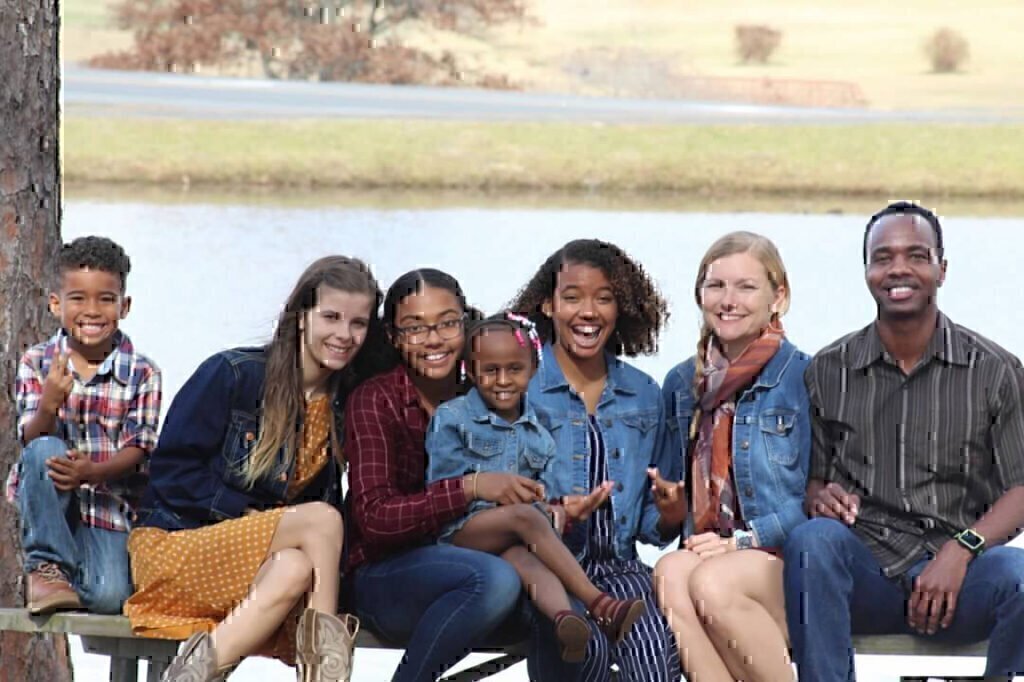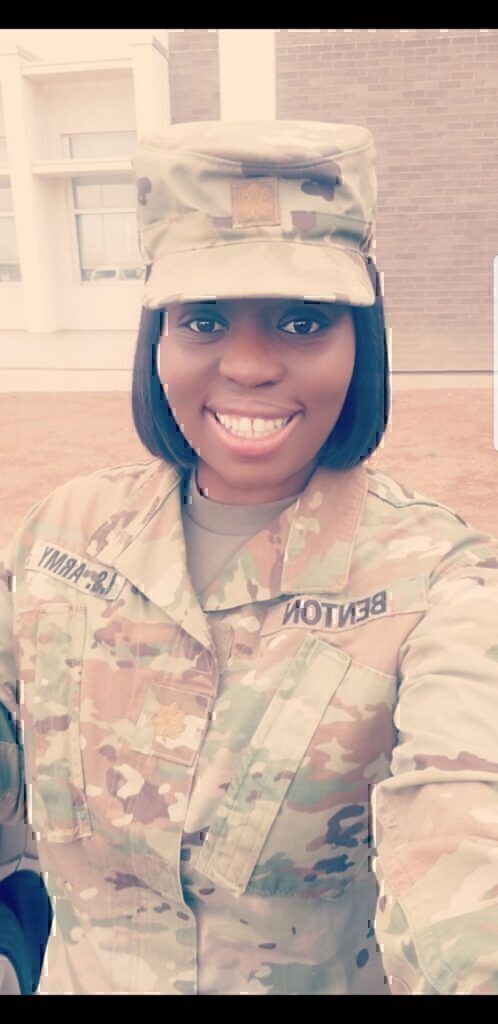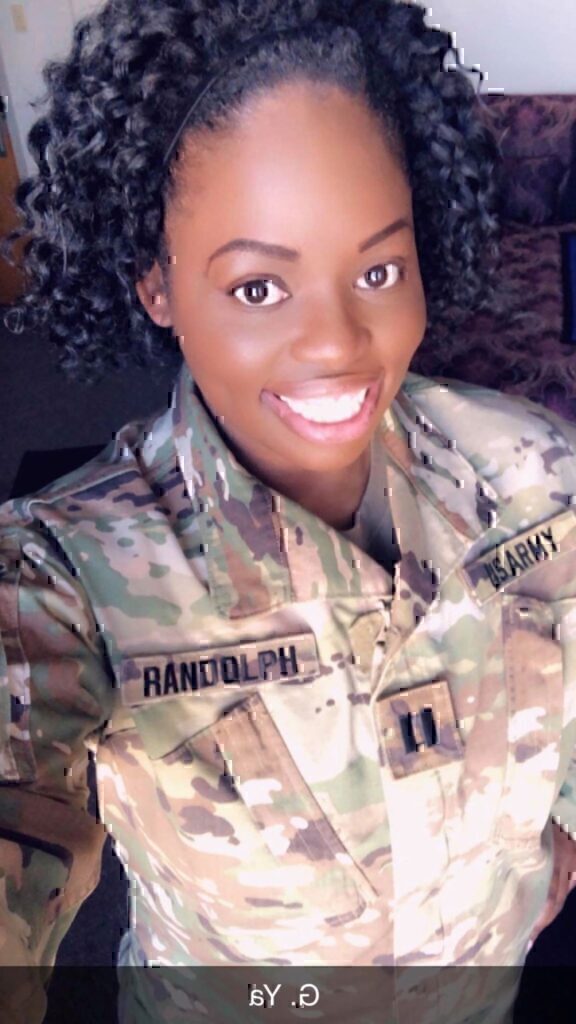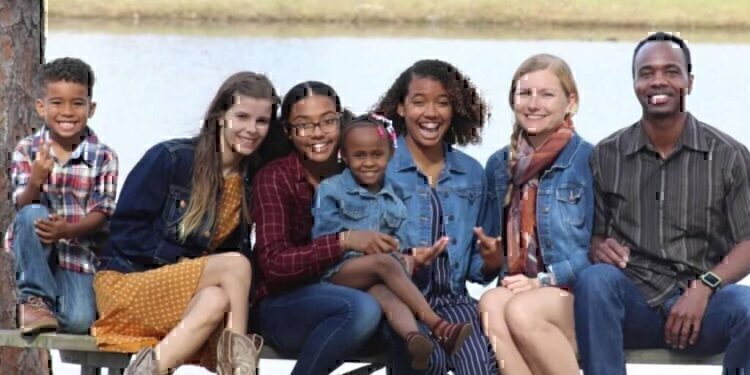When schools began to shut down in March due to COVID-19, we struggled to make sense of what was going on. Suddenly children were home learning online as parents tried feverishly to figure out common core math and how to conjugate verbs.
Parents had to juggle homeschooling duties, housework, and back-to-back Zoom meetings. We somehow stumbled across the finish line and made it to the end of the school year. Never did we imagine that in a few short months, we would be facing the same dilemma. For most children across the United States, August and September usually mean the beginning of a new school year. Fears of how to safely return to in-person learning have been a hot button topic since the pandemic began. Friends and loved ones’ anxieties and concerns increased. I decided to go to the experts – nurses, administrators, teachers, and other stakeholders to get recommendations on returning to school safely. Here’s what they had to say:
Sylvia Dunn-Evans, RN, BSN

Schools and teachers should get creative with integrating learning and safety. If at all possible, children should spend time outside. Educators can make outside time more than play. Weather permitting, teachers can provide lessons outside the classroom. Children can get fresh air while social distancing and continue to learn in an open environment. She stresses the importance of limiting high-touch play areas unless they have been thoroughly cleaned and sanitized. Janitors and custodial staff will have their work cut out for them, but their role is critical to opening schools’ success. Younger children most likely learned how to wash their hands while singing the alphabet or another catchy song. This technique is also an excellent idea for older children and adults. Singing a favorite song or rhyme ensures the CDC recommended 20-second time for hand washing. Dunn-Evans says to ask younger children how they are feeling. They may not have the language to say that they aren’t feeling well. Even without symptoms, they could be sick. Parents need to pay close attention to changes in their activity levels, appetite, and overall behavior.
Shauna Nunn is the Child and Youth Coordinator at Fort Hamilton, located in Brooklyn, NY.
Although Fort Hamilton’s students attend schools outside of the installation, Nunn’s role involves providing safe and educational care for military families that have to work. She knows firsthand how difficult the decision can be for parents deciding on options for their children. “I have two children who will return to school partially virtual, and two that will be completely virtual. Along with other families, I have had to make some hard decisions in my household to ensure I am doing what is best for my children and my own family,” says Nunn. She suggests parents give grace and have patience during this time. “Take advantage of the unexpected family time and use it to your advantage to bond as a family. Finally, remember that your child’s emotional well-being is far more important than any test score and takes time to nourish that area of their life.”
After speaking with teachers from different states, I noticed one common theme. Teachers want to return to the classroom, but they want to do so in the safest way possible.
Army Reserves Major Kerri Coleman-Benton and Captain Terri Coleman-Randolph have both served for over 21 years.
After returning from their most recent mobilization, the twin officers returned to their civilian lives as educators before the pandemic began.

MAJ Coleman-Benton has taught various elementary grade levels in her 17-year career in education. This school year, she will be reporting to her classroom to teach students remotely, while her daughter will enter sixth grade through virtual learning from home. To keep her students’ attention, MAJ Coleman-Benton created a virtual classroom environment that included bright colors, subject-themed backgrounds, and interactive hyperlinks. Wanting to ensure other teachers would be successful in this new learning environment, she trained educators across the country on how to make their virtual classrooms more appealing. She says teachers are committed to doing their job but stresses the importance of parents staying involved. “As a parent, you are always your child’s first teacher. This is the time when your education will have to kick in. We will teach them remotely, provide them with instruction, and it will be imperative for [parents] to dive in and understand the curriculum as much as you can. If you can’t, you may have to get a tutor or hire a teacher to help your child,” explains MAJ Coleman-Benton. Military families can access expanded, no-cost online tutoring and homework services through Tutor.com. For additional resources, check schools’ websites, ask your children’s teachers for recommendations, or contact Military OneSource.

Throughout her 17-year career in education, CPT(P) Coleman-Randolph has taught elementary and primary grade levels in Georgia and the United Arab Emirates. She also has the distinct honor of the 2018-2019 Teacher of the Year for her school. While she agrees with her sister, she offers additional tips for parents to help their children succeed when returning to school. She says, “Talk to your children and continue to reiterate cleanliness, why it’s important to stay healthy, and why they need to wear masks.” Children will be more likely to follow the examples set by parents, so parents must practice mask-wearing, proper handwashing, social distancing, etc. Another important tip is having open communication with your child(ren) and their teachers. Parental involvement is especially important in a virtual environment, but these habits should continue in a face to a face classroom setting. Don’t be afraid to email the teacher directly if an assignment is difficult. Being able to have an open discussion with your children will also provide insight into how they are doing emotionally.
There’s no shame in making a decision that works for your family. Some parents don’t have a choice of in-person or virtual learning because school districts decided for them. For parents who chose one modality over another, remember it’s a very personal decision based on a family’s needs. Navigating back to school will be a collaborative effort for all. Parents will need to fill in any gaps, children may have to study harder to grasp new concepts, and educators will continuously pivot to keep students engaged. Try not to focus on the many things outside of your control. Instead, create a system that helps everyone be as successful as possible. Remember safety first. Check on your children’s emotional health, and don’t be afraid to check in with your spouse or friends.








